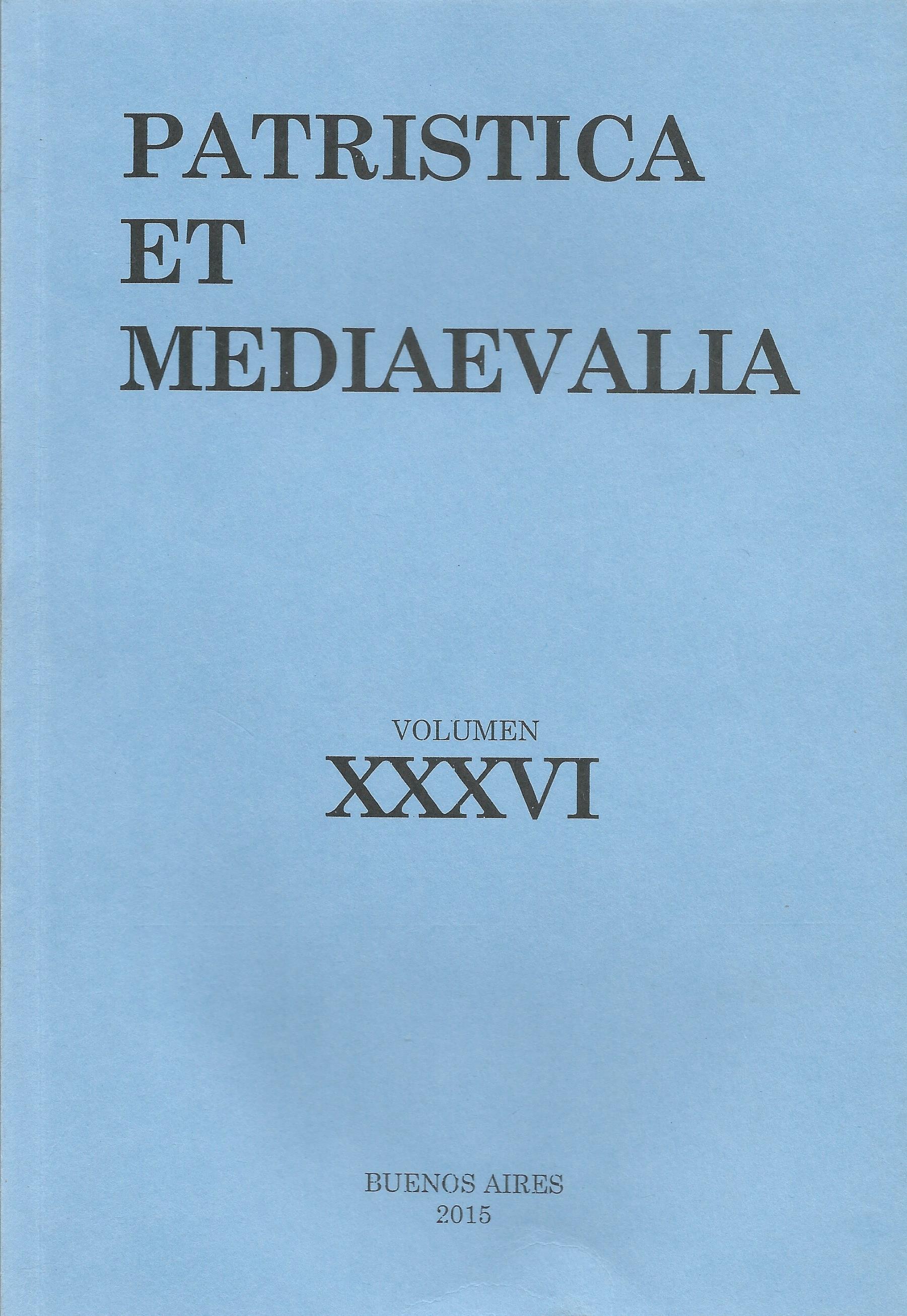Impressions of Luis de Molina about the trade of African slaves
Abstract
This article presents Luis de Molina’s observations on the black slave trade in the 16th century. Developing his legal and moral arguments about this growing market, Molina turns his attention to this business and seeks to listen to those who were directly or indirectly related to it. He also describes in detail the dreadful circumstances involved in the enslavement of Africans, denounces the authorities responsible for allowing such atrocities and demands their justification, and calls for a fast end to this unjust and perverse market. The intention of the article is to demonstrate the circumstances and authorities involved in this trade that supplied the New World with labor and guaranteed its economic development.Downloads
References
Blackburn, R. (1997). The Making of New World Slavery: From Baroque to Modern, 1492-1860. Guildford: Verso.
Coxito, A. (1999). Luis de Moline e a escravatura. Revista Filosófica de Coimbra, 15, 117-136.
García Añoveros, J. M. (2000). Luis de Molina y la esclavitud de los negros africanos en el siglo XVI. Principios doctrinales y conclusiones. Revista de Indias, 60, 307-329.
Hespanha, A. M. (2001). Luís De Molina e a escravização dos Negros. Análise Social, 35, 937-960.
Kaufmann, M. (2013). Slavery Between Law, Morality, and Economy. In Aichele, A. & Kaufmann, M. (eds.). A Companion to Luis de Molina. Leiden: Brill.
Rout Jr, L. B. (1976). The African Experience in Spanish America. London: Cambridge University Press.
Saunders, A. (2010). A Social History of Black Slaves and Freemen in Portugal, 1441-1555. Cambridge: Cambridge University Press.
Wright, G. (2006). Slavery and American Economic Development. Baton Rouge: LSU Press.
1. The authors who publish in this magazine accept the following conditions:
-
They retain the copyright and grant to the magazine the right of the first publication, with the work registered under the Attribution-ShareAlike 4.0 International License that allows third parties to use what is published as long as they mention the authorship of the work and the first publication in this magazine.
-
They can make other independent and additional contractual agreements for the non-exclusive distribution of the version of the article published in this magazine (eg. include it in an institutional repository or publish it in a book) provided that they clearly indicate that the work was first published in this journal.
-
They are allowed and recommended to publish their work on the Internet (for example on institutional or personal pages).
2. AutoArchive Conditions. Authors are allowed and encouraged to distribute post-print electronic versions of their manuscripts because it promotes their circulation, a possible increase of quotation and a major reach among the Academic community. Color RoMEO: blue.













